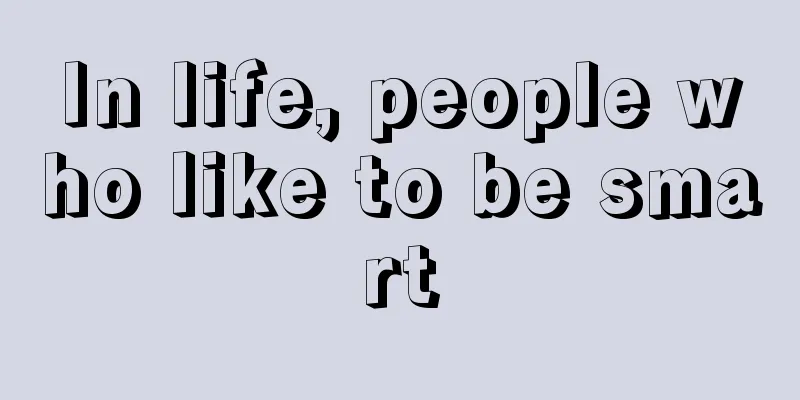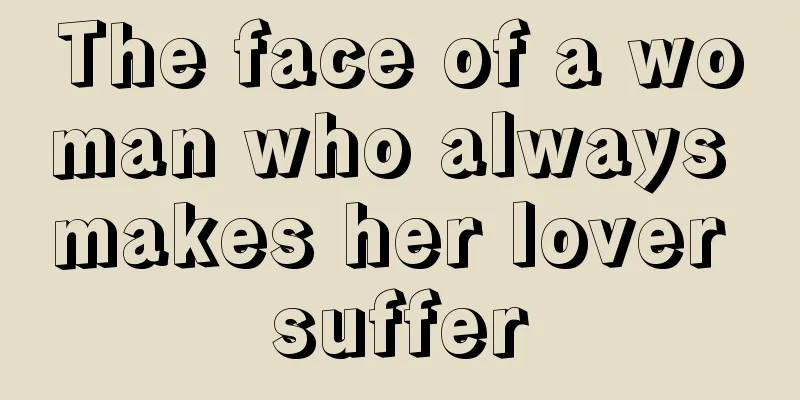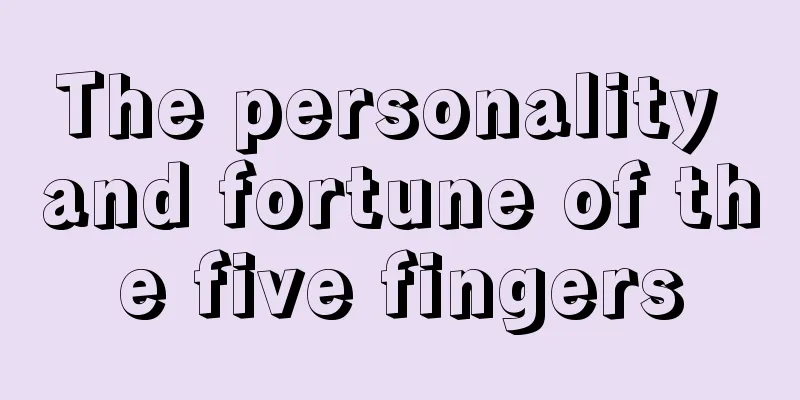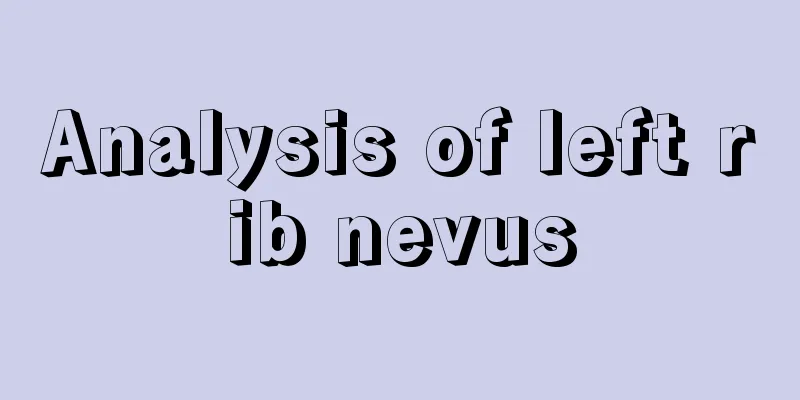The Guardian: Using blockchain technology to improve labor conditions and supply chain management in the fishing industry
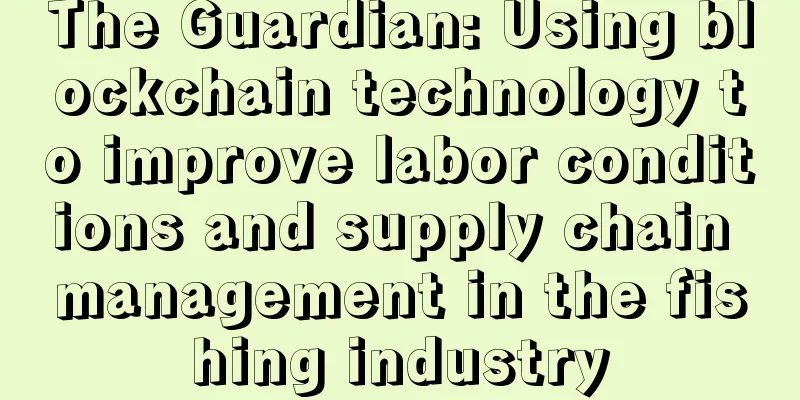
|
Rage Review : British blockchain startup Provenance is committed to supply chain management solutions to ensure the transparency and safety of food sources. Fisheries are also an industry rife with illegal activities and slavery. Therefore, industry participants hope to use blockchain technology to solve these long-standing problems and completely eradicate this drawback. Ensure the sustainable development of fisheries, the safety of fish products, and the legal rights of workers. Currently, Provenance is still the most well-known company in the field of food supply chain management and has cooperated with many companies. Translation: Annie_Xu A new digital technology is being used to track seafood from catch to market in an effort to stop copyright infringement and illegal fishing. This new technology is blockchain. This technology, which was first applied to Bitcoin, is expected to transform the financial industry, property rights field, and food industry, replacing traditional contracts, paperwork, and verification methods. Blockchain is a digital ledger or information record that is open to everyone. The blockchain here can mark the source of fish, so that anyone can know where the fish was caught, where it was processed, and other important information. Blockchain itself cannot prevent illegal fishing, but it allows everyone to see the entire supply chain. The seafood industry has long been rife with human rights violations and illegal fishing, and practitioners hope that a blockchain pilot project by British company Provenance can help retailers, manufacturers and restaurants prove the origin of these fish products. Steve Trent Steve Trent, Executive Director of the Environmental Justice Foundation (EJF), said:
Currently, the sale and purchase of seafood is tracked using paper records and food labels. Blockchain allows local fishermen to record the fishing process on the blockchain through mobile phone information. This record is then sent to suppliers, and then records the subsequent processing procedures, such as packaging. End users and consumers can use their mobile phones to check the origin of fish products and the entire supply chain in stores and restaurants, replacing existing text communications and labels. This technology has also attracted the attention of food companies. Co-op Food has begun working with Provenance to apply blockchain to new fresh food project tests, which is expected to be completed by the end of the year. Jessi Baker, founder of Provenance, said that blockchain will increase the cost of finished food products, so it may first be applied to high-quality fish products, or even red wine and olive oil. The premise of adopting this technology for canned and processed fish products is to reduce costs.
Thai Union, the world's largest tuna exporter, has also welcomed the project after facing criticism over the sustainability of its fisheries. In July, Tesco stopped buying John West brand tuna in the hope that the company could prove it was using sustainable sources. Dr Darian McBain Dr Darian McBain, Head of Sustainability at Thai Union, said:
Trent warned that blockchain technology alone cannot stop illegal activity in the fishing industry. “Other actions and mechanisms must be understood and supported to combat illegal activity, including providing effective enforcement and strong, fair, transparent, rigorous courts.” |
<<: There is not much market for anonymity in digital currency
>>: Bitcoin price approaches 4200, traders are generally bullish
Recommend
What valuable qualities do you need to possess?
What valuable qualities do you need to possess? A...
Successful celebrities with broken palms in history Is it good for a woman to have broken palms?
Hands are of vital importance to a person. Withou...
What is the personality of a girl with a 川-shaped palm?
There are three main lines in our palm lines. Whe...
How strong is the sexual desire of women?
Does everyone want their girlfriend to have a str...
SUQA Mining Tutorial
SUQA is a new open source peer-to-peer digital cu...
What is the fate of people with moles on their necks?
In physiognomy, if the left eyelid twitches, it m...
Destiny through the lines on the palm
Destiny through the lines on the palm The so-call...
Data: Ethereum destroyed 13,076 ETH in 24 hours
According to Tokenview on-chain data, in the past...
What kind of face makes women easy to get rich
Wealth is a way of life that one must have, becau...
Judging people's emotions and career from their hand shape
Palmistry, like facial features, is an important ...
Evan Duffield: Dash aims to make digital currency more accessible
埃文•杜菲尔德recently attended the Latin American Bitcoi...
A horizontal line on the forehead
Forehead wrinkles diagram A horizontal line on th...
Men with broad foreheads have gentle tempers and love their wives very much.
As we all know, people with narrow foreheads usua...
Illustration of mole on the left side of a woman's mouth
Moles can grow in hidden or not-so-hidden places ...
What does a girl's broken palm line mean? Is it good for a girl to have a broken palm line?
In palmistry, a broken palm is very unlucky for g...

